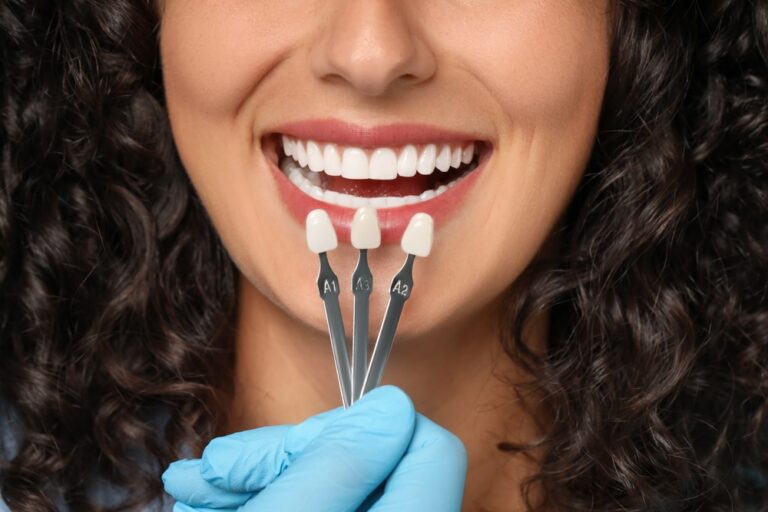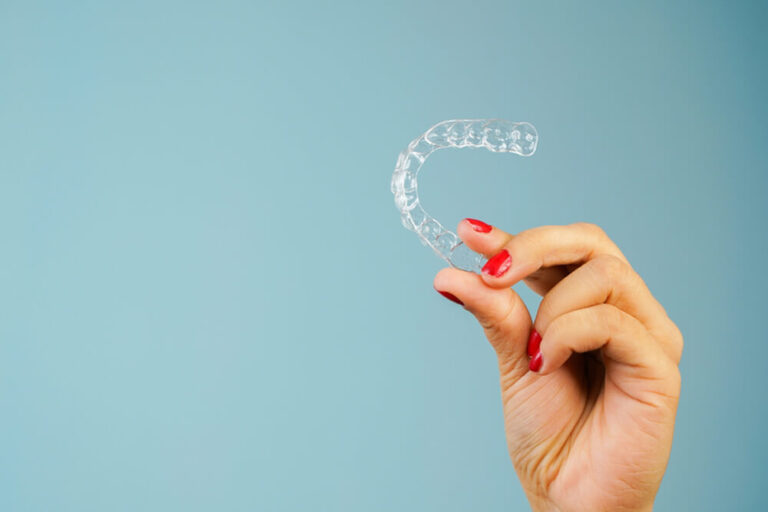Dental bonding has long been a trusted solution for correcting minor imperfections like chips, gaps, and discoloration. With continuous advancements in dental technology, bonding materials and techniques have significantly improved, providing more durable, natural-looking results. These innovations allow for stronger adhesion, enhanced aesthetics, and a better overall patient experience.
The Evolution of Dental Bonding
Traditional dental bonding techniques relied on composite resins that, while effective, had limitations in longevity and appearance. Early materials were prone to staining and lacked the durability needed for long-term wear. However, advances in nanotechnology, adhesive chemistry, and application methods have dramatically enhanced bonding outcomes.
Modern bonding procedures now incorporate high-performance resins with improved strength and color stability. Additionally, the introduction of light-curing technology ensures faster and more precise application, leading to seamless restorations that blend naturally with the surrounding teeth.
Dentists are also refining their techniques to create stronger bonds at the molecular level, reducing the risk of detachment and wear. As a result, today’s dental bonding treatments are more reliable and aesthetically pleasing than ever before.
Breakthrough Materials for Better Results
The development of advanced composite resins has revolutionized dental bonding. These new materials offer superior strength, longevity, and stain resistance, addressing many of the drawbacks of earlier bonding techniques.
- Nanohybrid composites enhance the durability of bonded restorations by incorporating nanoparticles that create a more uniform structure. This results in better wear resistance and a smoother surface that resists discoloration.
- Bioactive materials promote natural remineralization of teeth, helping to strengthen the enamel and improve overall oral health. These materials integrate seamlessly with the tooth structure, reducing the risk of fractures and decay.
- Smart adhesives adapt to changes in moisture levels, improving the bond’s ability to withstand variations in temperature and humidity. This innovation reduces the likelihood of bond failure over time.
By utilizing these cutting-edge materials, dentists can achieve restorations that are both functional and visually appealing, ensuring long-lasting results for patients.
Enhanced Techniques for Stronger Bonds
The way bonding materials are applied has also seen significant improvements. Traditional bonding required etching the tooth surface to create a rough texture for adhesion. While effective, this process could sometimes weaken enamel over time.
Newer techniques minimize enamel damage while optimizing bond strength. The introduction of self-etching adhesives eliminates the need for separate etching steps, making the process faster and more comfortable for patients. Additionally, universal bonding agents now allow dentists to customize their approach based on the specific needs of each tooth, improving long-term stability.
Advancements in curing light technology have also played a crucial role in enhancing bond strength. Modern LED curing lights offer precise wavelengths that optimize the polymerization of bonding materials, ensuring stronger adhesion and better wear resistance.
Minimally Invasive and Painless Bonding Solutions
One of the biggest benefits of modern dental bonding innovations is the shift toward minimally invasive procedures. Older bonding techniques often required significant tooth preparation, which could compromise the natural structure of the enamel. Today, newer methods prioritize preservation, allowing for effective bonding with minimal alteration to the tooth.
These advancements are especially beneficial for patients with dental anxiety, as they reduce the need for drilling and anesthesia. In many cases, patients can undergo bonding procedures without discomfort, making it a more accessible solution for smile enhancements.
Additionally, digital dentistry has enabled more precise application of bonding materials. With tools like intraoral scanners and 3D imaging, dentists can design and place restorations with exceptional accuracy, reducing the risk of errors and enhancing overall results.
Future Trends in Dental Bonding
The future of dental bonding looks promising, with continued research focused on improving the longevity and effectiveness of bonded restorations. Scientists are exploring self-healing materials that can repair minor fractures over time, reducing the need for touch-ups or replacements.
Another exciting development is the use of nanorobotics in dental bonding. These microscopic tools may one day assist in the application of bonding materials, ensuring even more precise adhesion and reducing human error.
With a growing emphasis on biomimetic dentistry, future bonding materials will continue to replicate the natural properties of enamel, providing patients with stronger, healthier, and more natural-looking smiles. As technology advances, dental bonding will become an even more reliable and transformative option for cosmetic and restorative treatments.
Sources
Garcia, M. A., & Lee, J. H. (2019). Advances in Composite Resin Technology for Dental Restorations. Journal of Adhesive Dentistry.
Turner, S., & Patel, K. (2021). The Impact of Nanotechnology on Dental Bonding Strength. Journal of Dental Materials and Research.
Nguyen, P. T., & Davis, R. E. (2023). Innovations in Bioactive Adhesives for Long-Lasting Dental Restorations. Dental Science & Technology Review.




